You may be surprised to learn that the world is home to many species of foxes, but only a dozen are considered “true foxes.” These species belong to the genus Vulpes, and they can be found across various regions of the globe. In this article, we’ll explore each of these 12 foxes, learning what makes them unique!
Red Fox (Vulpes vulpes)

The Red Fox is the most widespread and well-known of all fox species. It can adapt to various environments, from forests to urban areas. Additionally, its reddish fur, bushy tail, and keen hunting skills make it iconic across much of the Northern Hemisphere.
Arctic Fox (Vulpes lagopus)

Found in the cold Arctic regions, the Arctic Fox is famous for its thick, white winter coat. This fur provides excellent insulation against freezing temperatures. In the summer, its coat turns brown or gray to blend with the tundra’s landscape.
Fennec Fox (Vulpes zerda)

The Fennec Fox is the smallest fox species, known for its oversized ears. These large ears help dissipate heat and allow the fox to hear prey moving underground. Fennec Foxes are native to the deserts of North Africa, where they thrive in arid conditions. I think they look kind of like chihuahuas!
Corsac Fox (Vulpes corsac)
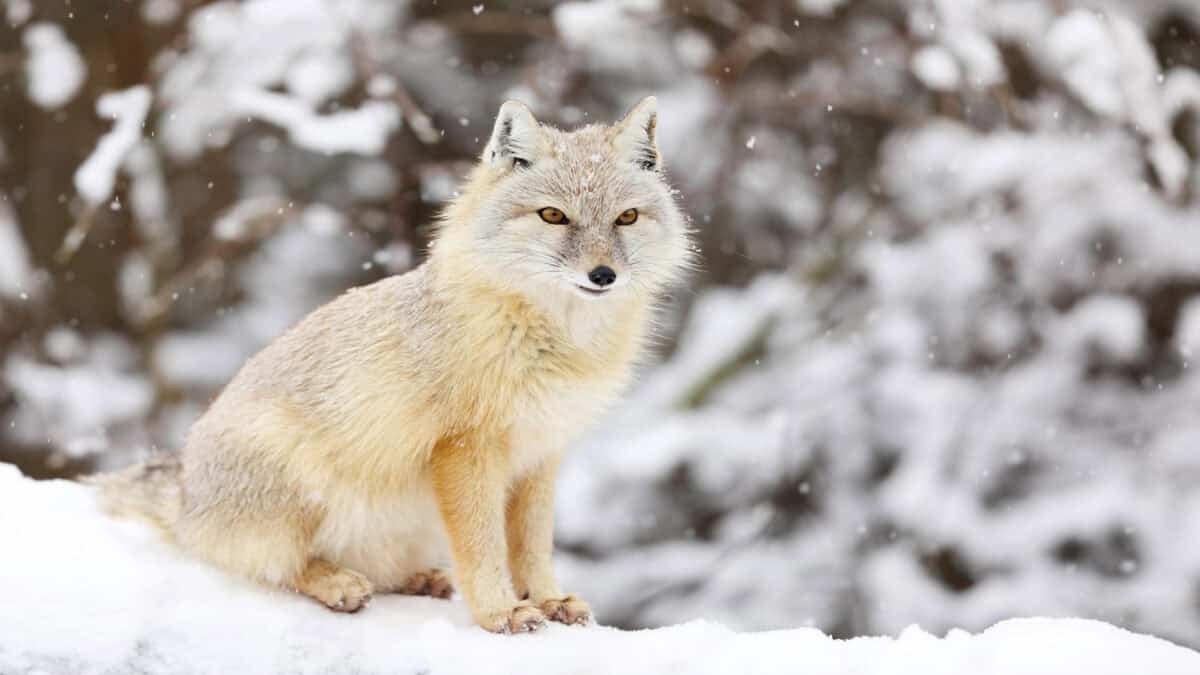
The Corsac Fox lives in the central Asian steppes and deserts. It has a pale, sandy coat that blends with its dry surroundings. Interestingly, unlike some foxes, the Corsac Fox is more social, often living in small groups!
Cape Fox (Vulpes chama)

Native to southern Africa, the Cape Fox is recognized by its sleek silver-gray fur. It’s mainly nocturnal and often spends the day resting in burrows. This fox is skilled at hunting small mammals and birds in the dry savannas.
Bengal Fox (Vulpes bengalensis)

Also known as the Indian Fox, the Bengal Fox is found in the Indian subcontinent. It has a short, bushy tail and a sleek, reddish-brown coat. These foxes prefer grasslands and scrub forests, where they hunt insects, birds, and small mammals.
Tibetan Fox (Vulpes ferrilata)
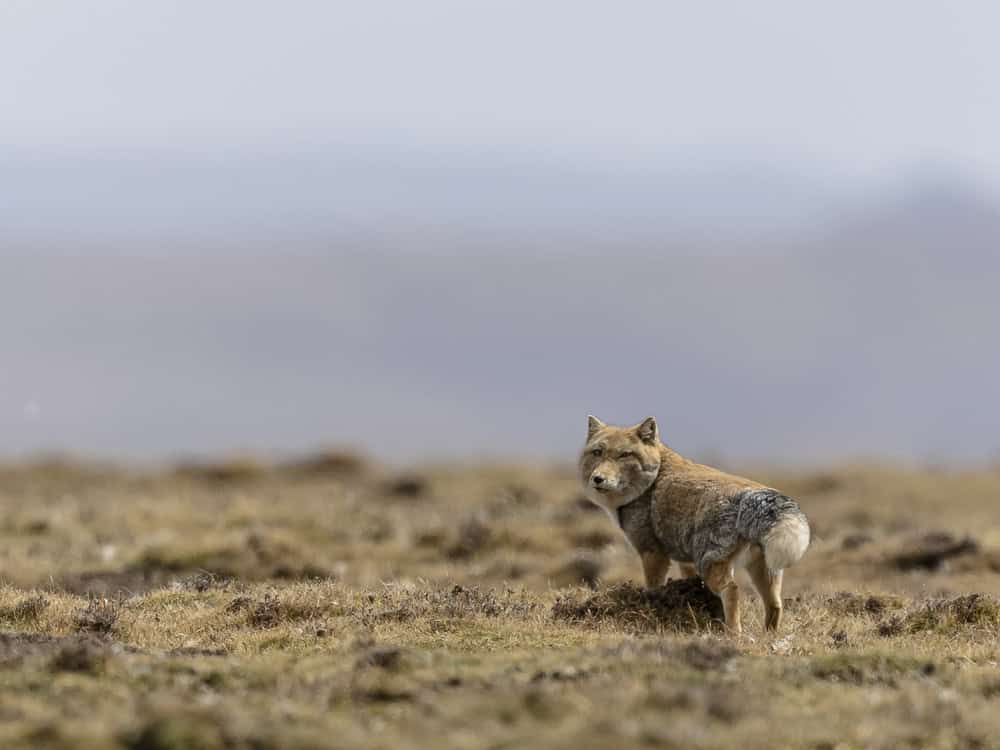
A beautiful shot of a Tibetan Sand Fox in an arid environment. Image by Wirestock via Depositphotos.
With its square-shaped face and thick fur, the Tibetan Fox is one of the more unusual-looking foxes. It inhabits the high-altitude plateaus of Tibet and surrounding areas. Tibetan Foxes are solitary hunters, often seen chasing small rodents like pikas. When I first saw a picture of this fox, it made me laugh out loud!
Blanford’s Fox (Vulpes cana)

Blanford’s Fox is a small, delicate fox that lives in rocky and mountainous regions of the Middle East and Central Asia. Its agility allows it to navigate cliffs and steep terrains with ease in this landscape. Moreover, its diet there includes insects, small mammals, and fruit.
Rüppell’s Fox (Vulpes rueppellii)
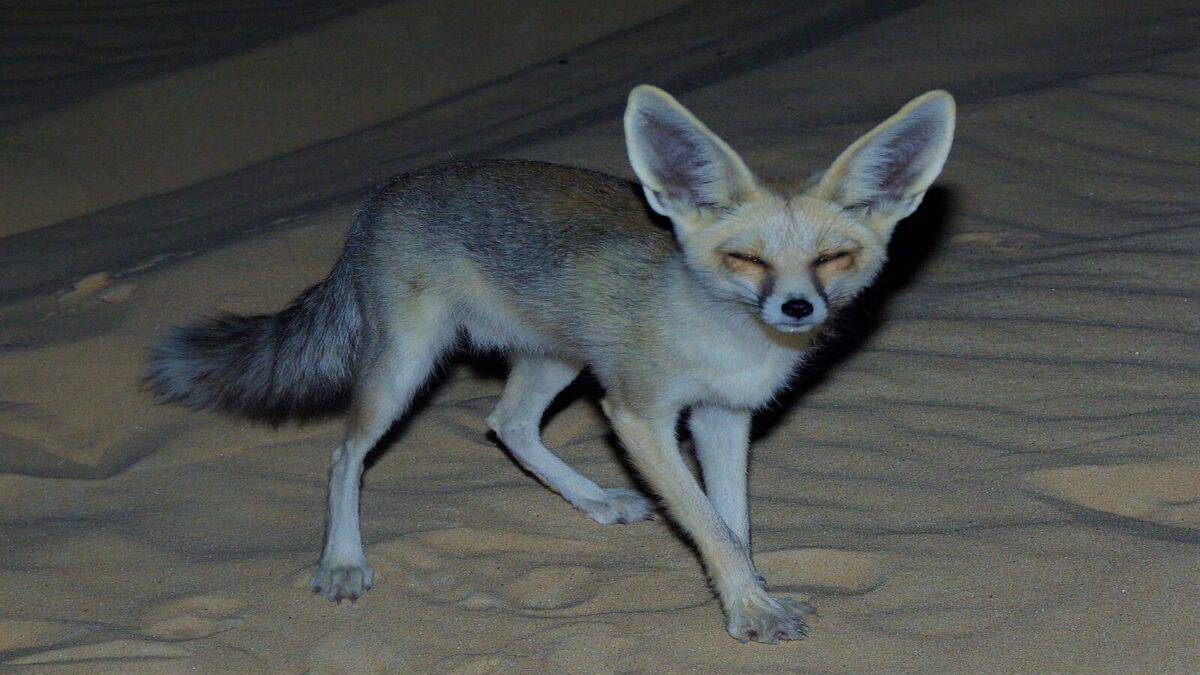
Rüppell’s Fox thrives in the deserts of North Africa and the Middle East. It is adapted to life in hot, arid environments, with large ears that help regulate body temperature. Additionally, its coat is pale, allowing it to blend into sandy landscapes.
Pale Fox (Vulpes pallida)

Found in the semi-deserts of Africa, the Pale Fox has a light-colored coat that helps it stay cool under the sun. It primarily hunts at night, searching for small mammals, reptiles, and insects. Pale Foxes are known for their burrowing habits, creating dens to escape the heat.
Swift Fox (Vulpes velox)
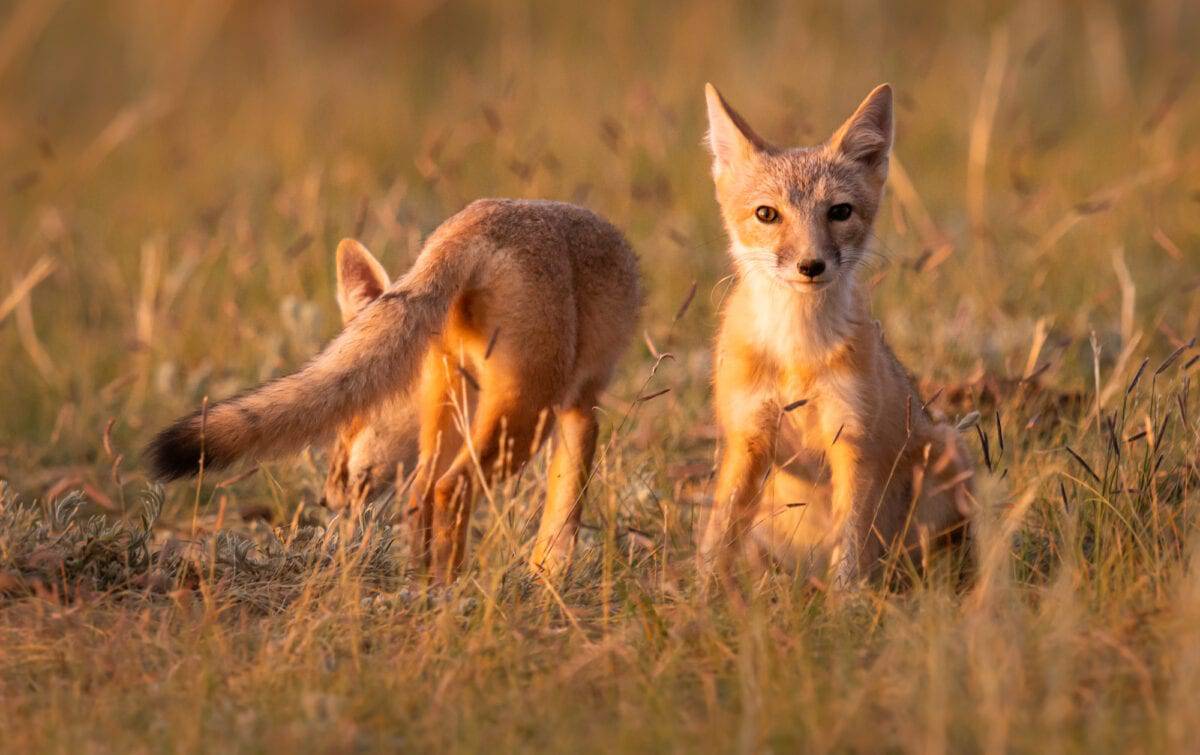
The Swift Fox is a small fox species native to the grasslands of North America. It gets its name from its speed, which helps it catch prey and avoid predators. Though once nearly extinct, conservation efforts have helped the Swift Fox population recover. These foxes are adorable and are a testament to the importance of conservation efforts!
Kit Fox (Vulpes macrotis)
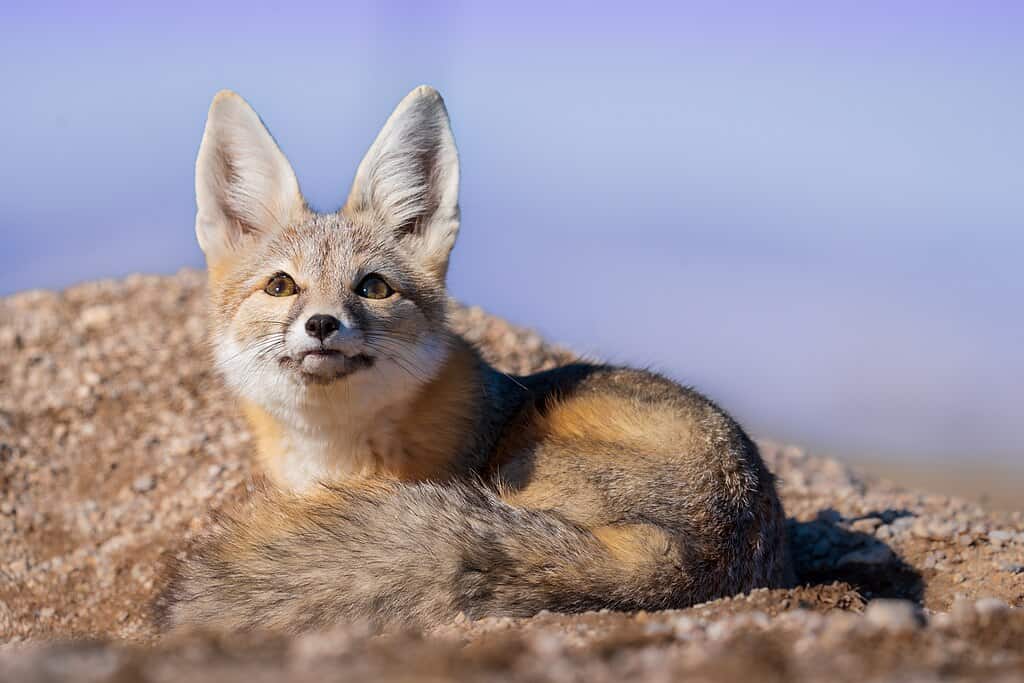
The Kit Fox is closely related to the Swift Fox and lives in the arid regions of the southwestern United States and Mexico. It is another fox that has large ears that help it cool down in the desert heat. Kit Foxes are also nocturnal hunters, preying on small animals like rodents and insects.
Conclusion
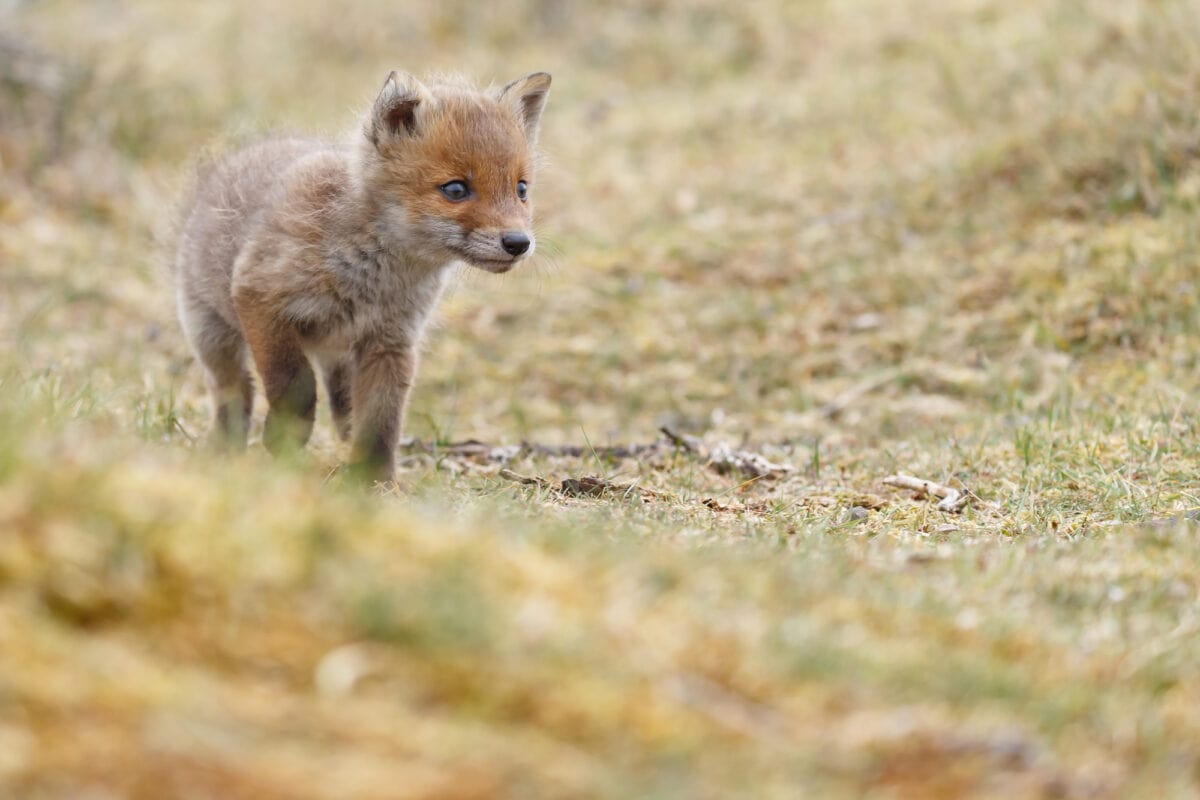
The 12 true foxes are fascinating creatures, each adapted to thrive in its own unique environment. From the icy Arctic to the scorching deserts, these foxes showcase incredible diversity! As we continue to learn about and protect these animals, we ensure their survival for future generations to admire.
- Dracula, The Largest Flying Dinosaur From 66 Million Years Ago - August 9, 2025
- 10 Epic Facts You Likely Didn’t Know About These Popular Animals - August 8, 2025
- The 10 Largest Birds From All Around The World - August 8, 2025

